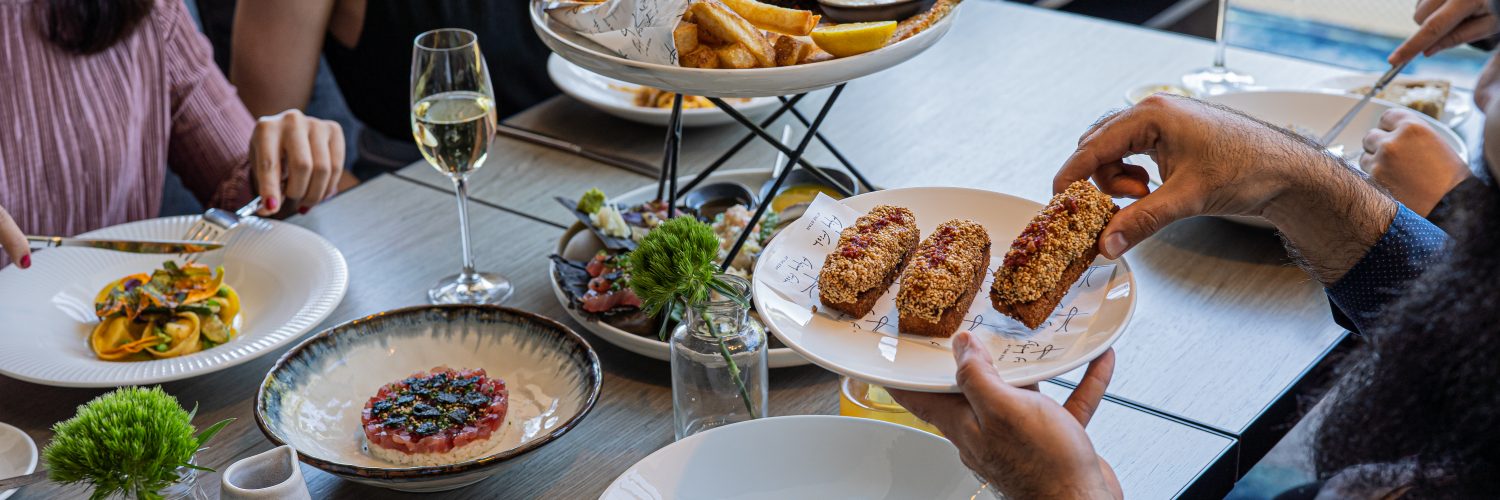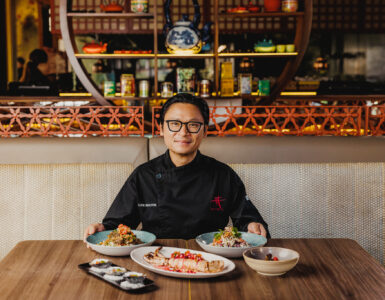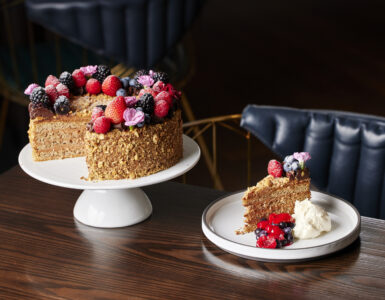Forgotten how to entertain? Here’s how to create the ultimate seafood platter at home.
A seafood platter is the ultimate in decadent dining – if you’re going to break your hosting drought, there’s no better dish to do it with. For tips on plating up a restaurant-quality seafood spread at home, we consulted two seafood specialists.

Go for quality over quantity
In Australia we have some of the world’s best seafood at our fingertips, so there’s no excuse for a shabby spread.
When Peter Robertson – head chef at iconic Sydney restaurant Flying Fish – prepared a platter for his birthday recently, his guests feasted on abalone, marron, wood-fired lobster, cuttlefish, oysters and caviar. The “wow factor” of a seafood spread, he says, comes from quality and variety, rather than bulk. In his restaurant and at home, Peter is an advocate of not buying in excess and limiting wastage.
As executive chef of Nineteen at The Star Gold Coast, Uday Huja creates luxe seafood platters befitting his plush surrounds. Uday believes a great dish starts with a great product, so he recommends knowing where your seafood comes from and how it’s been treated. Finding a good purveyor is the first step, so get friendly with your fishmonger.
And the one ingredient that no platter is complete without? In unanimous agreeance, its definitely a freshly shucked oyster.
Buy ahead
A seafood market the day before a big holiday can be a terrifying place (don’t get us started on Christmas Eve). The good news, according to Peter, is that some ingredients can be checked off earlier. Quality prawns, for example, are fine bought frozen and stored until needed. A whole fish kept dry, can last a few days in the fridge, while live oysters refrigerated in a damp cloth will survive up to a week. Shuck them upon serving, and your guests will think you fished them out of the water yourself.
Let your seafood shine
When you’re using good seafood, minimal intervention is often best. At Nineteen, Uday’s team use a light touch that best accentuates the seafood’s natural qualities, dressing Moreton Bay bugs or prawns with olive oil and lemon, for example, or preparing ceviche-style scallops with lime juice. “My philosophy is about using great ingredients, simply prepared with finesse,” he says.














